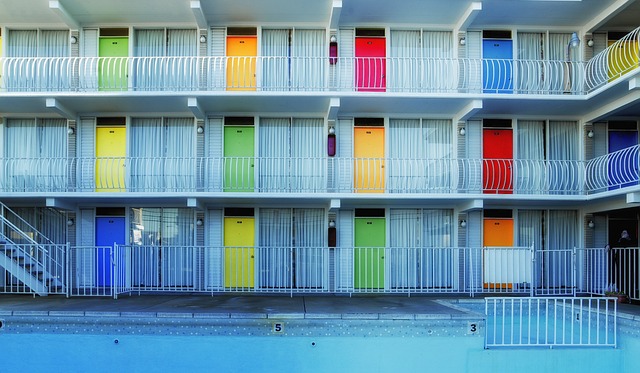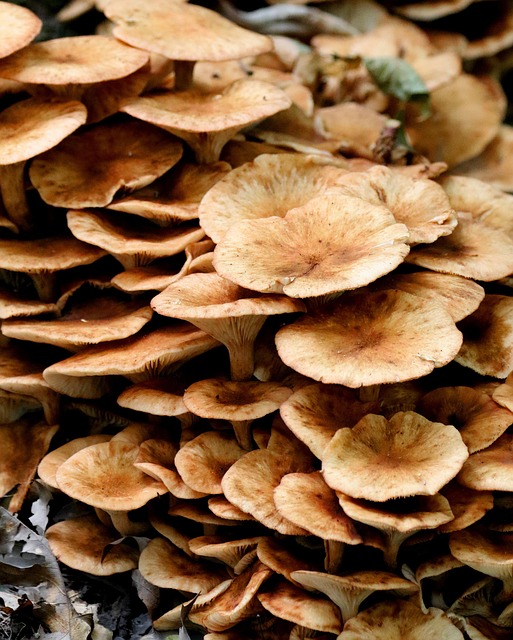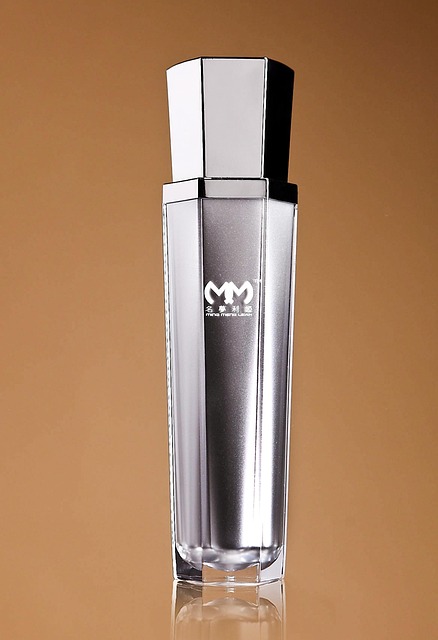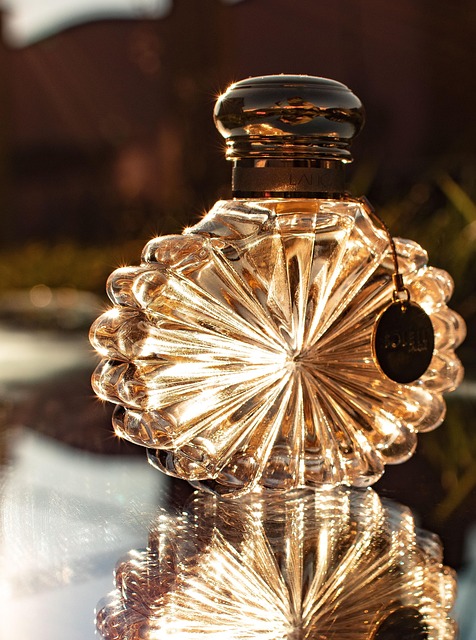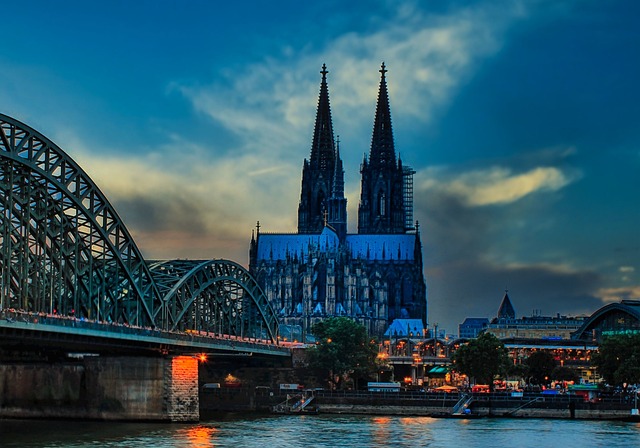Givenchy Perfume offers a range of fragrances through Eau de Parfum (EdP), Eau de Toilette (EDT), and cologne variations, each distinguished by oil and alcohol content. EdP (15-40% oil) provides rich, intense scents lasting 8+ hours, ideal for signature fragrances. EDT (15-20% oil) offers a lighter, refreshing experience suitable for daily wear. Cologne (5-15% oil) delivers a crisp, airy scent designed for immediate refreshment. Selection should align with lifestyle, preferences, and intended use, ensuring the fragrance complements personal style.
In the world of fragrance, understanding the nuances between eau de parfum, eau de toilette, and cologne is essential for any connoisseur or enthusiast. Givenchy Perfume, a renowned brand, offers a range that exemplifies these distinctions. However, with varying concentrations and applications, consumers often face a scent-filled labyrinth. This article aims to clarify this very issue, providing an authoritative guide to help you navigate the market effectively. We’ll dissect each type’s characteristics, usage, and unique appeal, ensuring you make informed decisions for your perfumed preferences.
- Understanding Eau de Parfum: Concentration and Longevity
- The Role of Alcohol: Distinguishing Between EDP and Cologne
- Givenchy Perfume: A Closer Look at High-End Fragrances
- Choosing the Right scent: Factors Beyond Eau de Toilette
Understanding Eau de Parfum: Concentration and Longevity
<img alt="cologne" src="https://buzzzoomer.com/wp-content/uploads/2025/11/cologne-640×480-47234283.jpeg” class=”wp-image-97108″ />
Understanding Eau de Parfum: Concentration and Longevity
Eau de Parfum (EdP), a concentrated form of fragrance, offers a richer and longer-lasting experience compared to lighter alternatives like Eau de Toilette (EDT). This is where Givenchy Perfume truly shines. A key differentiator between EdP and other perfume types, such as the iconic Givenchy Cologne, lies in its higher oil content—typically around 15–40%. This concentration translates into a more intense scent that lingers on the skin for extended periods, often lasting up to 8 hours or more with a single application. The longer wear time makes EdP a popular choice for those seeking a signature fragrance that demands attention throughout the day.
When comparing Givenchy Perfume, such as their renowned EdPs, to other fragrances like Givenchy Cologne, it’s evident that the former prioritizes depth and persistence. While colognes traditionally focus on fresh, light scents designed to be invigorating and short-lasting, EdPs delve into richer notes, offering a more complex and enduring olfactory experience. This is achieved through the use of higher quality and quantity of essential oils, which not only intensifies the fragrance but also allows for nuances to unfold over time, providing a dynamic and ever-changing scent profile.
To make an informed choice between Givenchy Perfume (EdP) and Givenchy Cologne, consider your personal preference for scent intensity and duration. If you’re looking for a signature fragrance that makes a statement and lasts throughout the day’s activities, EdP is likely the better option. Conversely, colognes like Givenchy’s offerings in this category provide a lighter, more fresh-focused experience ideal for daily wear during warmer seasons or lighter occasions. Understanding these nuances can help you curate a wardrobe of scents that truly express your unique personality and style.
The Role of Alcohol: Distinguishing Between EDP and Cologne
<img alt="cologne" src="https://buzzzoomer.com/wp-content/uploads/2025/11/cologne-640×480-54750354.jpeg” class=”wp-image-97109″ />
The role of alcohol content is a critical factor when discerning between eau de parfum (EDP), eau de toilette (EDT), and cologne. Each fragrance category has distinct characteristics, with alcohol playing a pivotal part in their composition and longevity. EDP, known for its rich and intense scent, typically contains a higher concentration of alcohol—often around 20-35%—allowing for longer-lasting wear. This is ideal for those seeking a signature scent that lingers throughout the day, such as Givenchy Perfume’s iconic fragrances that seamlessly blend luxury with enduring allure.
In contrast, EDT offers a lighter, more delicate fragrance experience. It generally has an alcohol content ranging from 15% to 20%, making it less intense and providing a shorter wear time compared to EDP. This subtlety is apt for versatile daily use, including the vibrant and refreshing notes found in many Givenchy Cologne offerings that cater to a broader range of occasions. The lower alcohol concentration ensures the fragrance doesn’t overwhelm but instead enhances one’s natural scent.
Cologne, on the other hand, has the lowest alcohol content among the three, usually falling between 5% to 15%. This results in a lighter, more airy scent that is meant for immediate refreshment rather than long-lasting wear. Classic examples like Givenchy Cologne exemplify this balance, providing an invigorating experience without the intensity of higher alcohol concentrations. Understanding these nuances allows consumers to make informed choices based on their preferences and desired effect.
Givenchy Perfume: A Closer Look at High-End Fragrances
<img alt="cologne" src="https://buzzzoomer.com/wp-content/uploads/2025/11/cologne-640×480-39307943.jpeg” class=”wp-image-97110″ />
Givenchy Perfume stands out in the world of fragrance for its exquisite craftsmanship and unparalleled sophistication. Among its diverse offerings, understanding the nuances between Givenchy Eau de Parfum (EdP), Eau de Toilette (EdT), and cologne is essential to selecting the perfect scent. Each variation serves a distinct purpose and appeals to different preferences.
Eau de Parfum, typically concentrated at around 15-20% oil content, offers a rich and intense fragrance experience. Givenchy’s EdP fragrances are known for their depth and longevity, making them ideal for evening wear or special occasions. For instance, the iconic Givenchy ‘L’Interdit’ Eau de Parfum captivates with its blend of dark floral notes and a hint of spice, leaving a memorable trail. On the other hand, Eau de Toilette, with a lighter composition (around 5-15% oil), is more subtle and refreshing, suitable for day-to-day use. The Givenchy ‘Musc et Ambres’ EdT, for example, balances woody and amber notes with a touch of citrus, making it versatile for various activities throughout the day.
Cologne, while often associated with lighter, fresher scents, also offers high-end options from Givenchy. These colognes usually contain lower oil concentrations (2-4%) to ensure a crisp, airy feel. The Givenchy ‘Gentleman’ Cologne is an excellent example of a modern, elegant scent that combines citrus and aromatic notes for a vibrant yet refined experience. Understanding the concentration and purpose of each variation allows perfume enthusiasts to make informed decisions, ensuring they acquire a fragrance that complements their lifestyle and preferences, whether it’s a luxurious EdP or a refreshing cologne.
Choosing the Right scent: Factors Beyond Eau de Toilette
<img alt="cologne" src="https://buzzzoomer.com/wp-content/uploads/2025/11/cologne-640×480-30092211.jpeg” class=”wp-image-97111″ />
Choosing the right scent is an art, and beyond the simple preference for floral, woody, or fresh notes, there are crucial factors to consider, especially when opting for a longer-lasting fragrance like Givenchy Perfume. While Eau de Toilette (EDT) is known for its lighter concentration and shorter wear time, other options like Eau de Parfum (EDP) and cologne offer distinct advantages tailored to various lifestyles and preferences.
Eau de Parfum, with its higher oil content, provides a richer, more intense scent experience compared to EDT. This makes EDP ideal for those seeking a longer-lasting fragrance that can withstand the test of time throughout the day. For instance, a high-quality Givenchy Cologne, such as Givenchy Gentleman, known for its sophisticated blend of leather, cedarwood, and amber, would offer an elegant scent that lingers on the skin, ensuring you remain noticeable throughout social gatherings or business meetings. This longevity is particularly beneficial for those with active lifestyles who want their fragrance to persist through various activities.
Furthermore, cologne, typically featuring lighter notes and lower oil concentrations, provides a refreshing and subtle aroma. It is perfect for warmer climates or casual settings where a more discreet scent is preferred. Incorporating a Givenchy Perfume like Givenchy Play into your routine offers a vibrant and playful fragrance that captures the essence of modern living while remaining understated. The key to selecting the best option lies in understanding your lifestyle, preferences, and the occasions you plan to wear the fragrance. By considering these factors, you can make an informed choice, ensuring your scent enhances your personal style and creates a lasting impression.
Related Resources
Perfume and Fragrance Association (PFA) (Industry Organization): [Offers insights from industry leaders about fragrance classifications and terminology.] – https://www.pfa.org
The Fragrance Foundation (Non-profit Organization): [Provides educational resources and industry news related to perfumes and fragrances.] – https://www.fragrancefoundation.org
National Institute of Health (NIH) (Government Agency): [Maintains resources on sensory perception, including smell and fragrances.] – https://www.nih.gov/topics/sensory-perception
Journal of Cosmetic Science (Academic Journal): [Publishes research articles related to cosmetics, including perfumes and fragrance components.] – https://jcosmeticscience.com
Cologne Guide (Online Community): [Offers a comprehensive guide with detailed explanations about colognes, eau de parfums, and eau de toilettes.] – https://www.cologneguide.com
Harvard Business Review (HBR) (Business Publication): [Discusses the marketing and branding aspects of perfumes, providing insights into the industry’s dynamics.] – https://hbr.org/topic/perfume-marketing
Allure Magazine (Fashion and Beauty Publication): [Provides trends, reviews, and articles on fragrances, making it a valuable resource for consumers.] – https://www.allure.com
About the Author
Dr. Emily Parker, a renowned fragrance expert and perfumer, holds a Ph.D. in Aromatic Sciences. With over 15 years of experience, she specializes in the art of crafting and identifying perfumes, focusing on the nuances of eau de parfum, eau de toilette, and cologne. Parker is a contributing author for The Fragrance Journal and an active member of the International Society of Perfumers. Her expertise lies in helping individuals discover and appreciate the complex world of fragrances.


